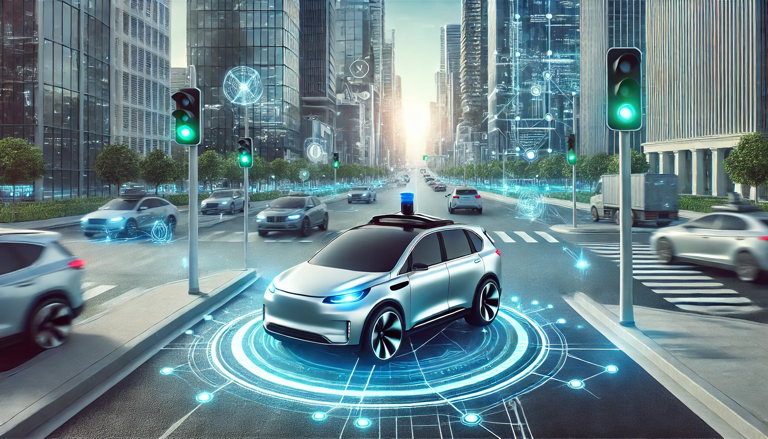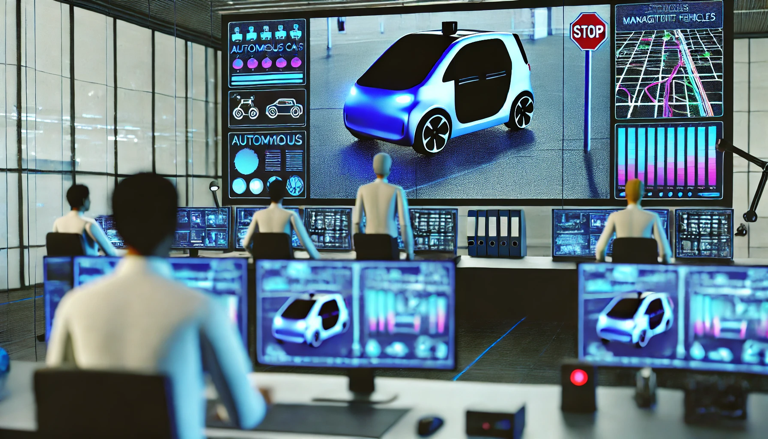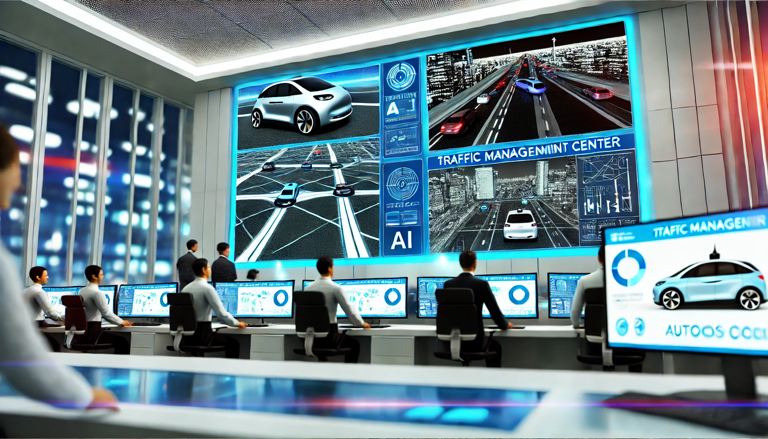Autonomous driving technology is rapidly advancing, moving from science fiction to reality. This technology is not only changing how people travel but also profoundly impacting the entire transportation system. This article explores the current state of autonomous driving technology, its advantages, challenges, and future prospects.

The Current State of Autonomous Driving Technology
1. Technological Advancements
In recent years, significant progress has been made in autonomous driving technology. Many global tech companies and automakers, such as Tesla, Google's Waymo, Apple, and traditional automotive giants like Ford and General Motors, are actively developing and testing autonomous vehicles. Utilizing sensors, cameras, radars, and LIDAR technology, autonomous vehicles can perceive their surroundings in real-time, analyze road conditions, and make driving decisions.
2. Application Scenarios
Currently, autonomous driving technology is being applied in specific scenarios. For example, autonomous shuttles in closed areas and autonomous buses at airports are already in use. Additionally, some models from companies like Tesla have high-level autonomous driving features, enabling autonomous driving on highways.
Advantages of Autonomous Driving
1. Enhanced Traffic Safety
More than 90% of traffic accidents are caused by human error. Autonomous driving technology can significantly reduce traffic accidents through precise perception and decision-making capabilities, enhancing road safety. Autonomous vehicles do not suffer from fatigue, distraction, or driving under the influence, thereby lowering accident risks.
2. Improved Traffic Efficiency
Autonomous driving technology can optimize traffic flow and reduce congestion. Autonomous vehicles can communicate with other vehicles and traffic infrastructure through vehicle-to-everything (V2X) technology, coordinating driving routes and avoiding traffic jams. Additionally, the quick reaction time of autonomous vehicles can reduce waiting times at traffic signals, improving overall traffic efficiency.
3. Energy Efficiency and Environmental Benefits
Autonomous vehicles can reduce fuel consumption and emissions by optimizing driving routes and behaviors. For example, autonomous systems can choose the best routes, avoiding unnecessary detours and waits, thus saving fuel. Additionally, the smooth driving of autonomous vehicles contributes to lower energy consumption.

Challenges of Autonomous Driving
1. Technical and Safety Issues
Despite significant advancements, autonomous driving technology still faces many technical challenges. For example, in complex urban environments, autonomous vehicles need to process vast amounts of dynamic information to ensure driving safety. The reliability and stability of autonomous systems also need further improvement to ensure safety under various extreme conditions.
2. Regulatory and Ethical Issues
The widespread adoption of autonomous driving technology requires supportive laws and regulations. Currently, many countries and regions have legal systems that are not fully adapted to the development of autonomous driving technology. For example, the issue of liability in traffic accidents involving autonomous vehicles remains unresolved. Additionally, data privacy and ethical issues associated with autonomous driving technology need to be addressed as the technology evolves.
3. Social and Economic Impacts
The widespread use of autonomous driving technology will impact the job market. Traditional driving jobs may decrease, necessitating policies to help workers transition and find new employment opportunities. Additionally, autonomous driving technology may affect the automotive supply chain and related services, requiring industry and government collaboration to address these changes.

Future Prospects
1. Technological Integration and Advancements
In the future, autonomous driving technology will further integrate with artificial intelligence, the Internet of Things, and 5G technology, driving comprehensive technological advancements. As the technology matures, autonomous vehicles will be able to handle more complex driving scenarios, providing safer, more efficient, and convenient travel services.
2. Intelligent Transportation Systems
The development of autonomous driving technology will promote the construction of intelligent transportation systems. Through V2X technology, autonomous vehicles can communicate with traffic signals, road sensors, and other infrastructure in real-time, enabling intelligent traffic scheduling and management, thus improving the overall efficiency of the transportation system.
3. Changing Urban Transportation Patterns
The widespread adoption of autonomous driving technology will alter urban transportation patterns. In the future, cities may reduce the number of private vehicles, relying more on autonomous shared vehicles and public transportation systems. This can alleviate urban traffic congestion, improve air quality, and enhance the quality of life for urban residents.
Conclusion
Autonomous driving technology is gradually transforming our travel methods and will have a profound impact on the entire transportation system. Despite numerous challenges, the future of autonomous driving technology is promising, offering safer, more efficient, and environmentally friendly transportation. As technology continues to advance and society adapts, autonomous driving will become an integral part of future transportation.